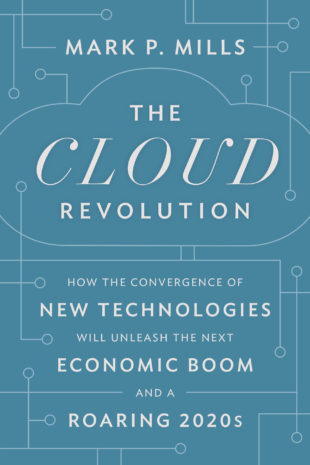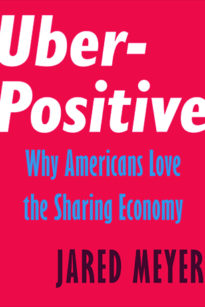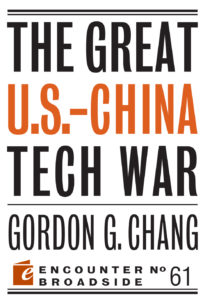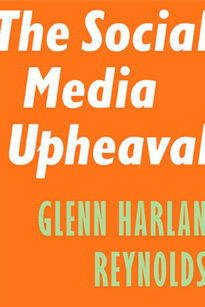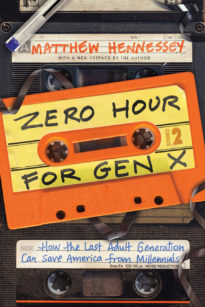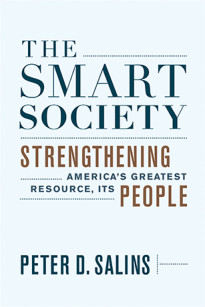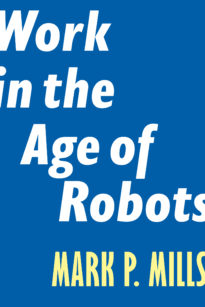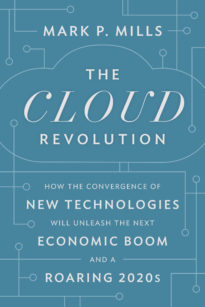When it comes to predicting how technology will change our near future, there are three camps. One says that today we’ve reached a “new normal,” that we’ve already netted all the “low-hanging fruit”—where ordering a ride or food on a smartphone or trading in Bitcoins is as good as it’s going to get. The other camp foresees widespread job and business destruction. A third believes the only technological revolutions that matter will be found with renewable energy and electric cars. They’re all wrong, predicts Mark P. Mills.
History will call the 2020s “roaring” thanks to the convergence of technologies that will drive this decade’s economic boom. It doesn’t come from any single “big” invention, but from a convergence of radical advances in the three primary technology domains: microprocessors, materials, and machines. Microprocessors are increasingly embedded in everything. Novel and unprecedented materials, from which everything is built, are arriving, adding power to the silicon age. Machines, which make and move everything, are undergoing a quiet revolution. And now the advances in each of these domains is accelerated by the Cloud, history’s biggest infrastructure, which itself has emerged from the building blocks of next-generation microprocessors and artificial intelligence.
We’ve seen this pattern before. The structure of the technological revolution that drove the great economic expansion of the twentieth century can be traced to a similar convergence visible in the 1920s: a new information infrastructure (telephony), new machines (cars and power plants), and new materials (plastics and pharmaceuticals). Great, long-cycle booms never come from just one invention. Over history, there have only been a handful of convergent revolutions in the three core technological spheres—information, materials, and machines—from which all the rest of what makes civilization possible is derived.
It’s true that we’ve wrung much of the magic out of technologies that fueled the last, long boom. But the next great convergence will ignite in the 2020s. And this time, unlike any previous historical moment, we have the Cloud that amplifies that fusion. The next long boom starts now.
